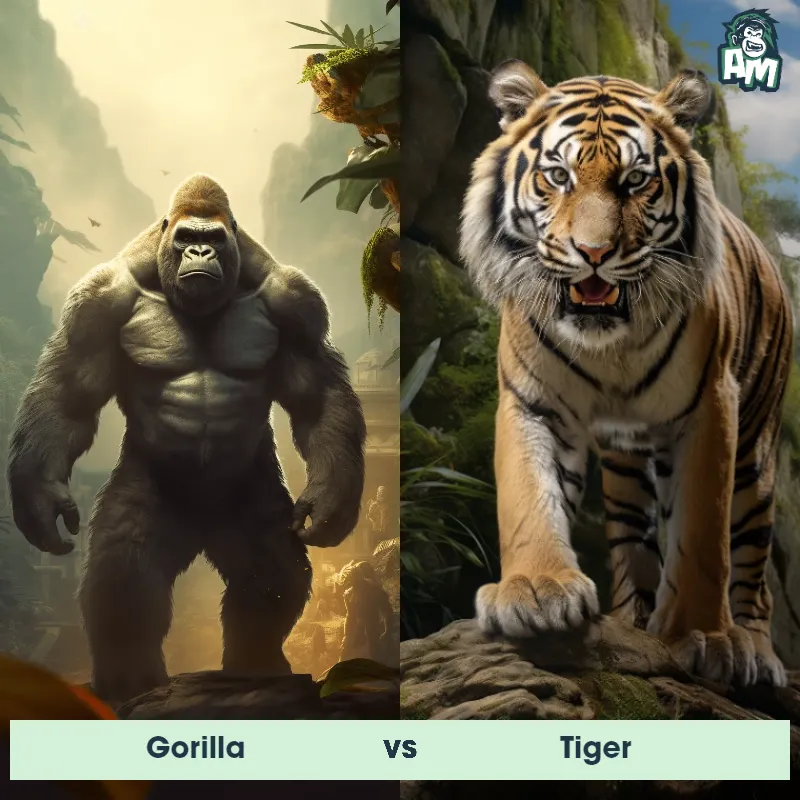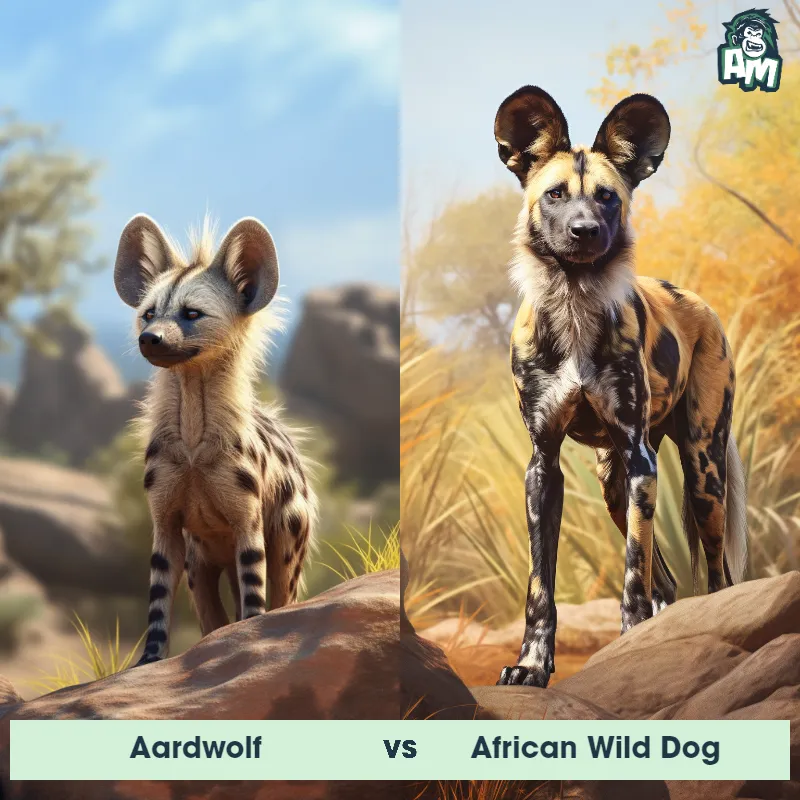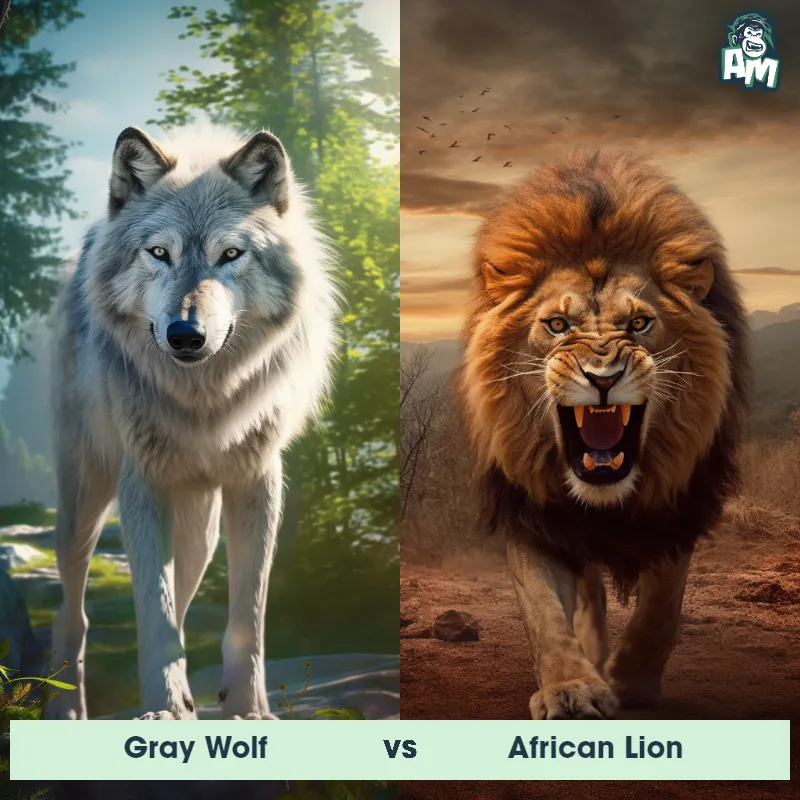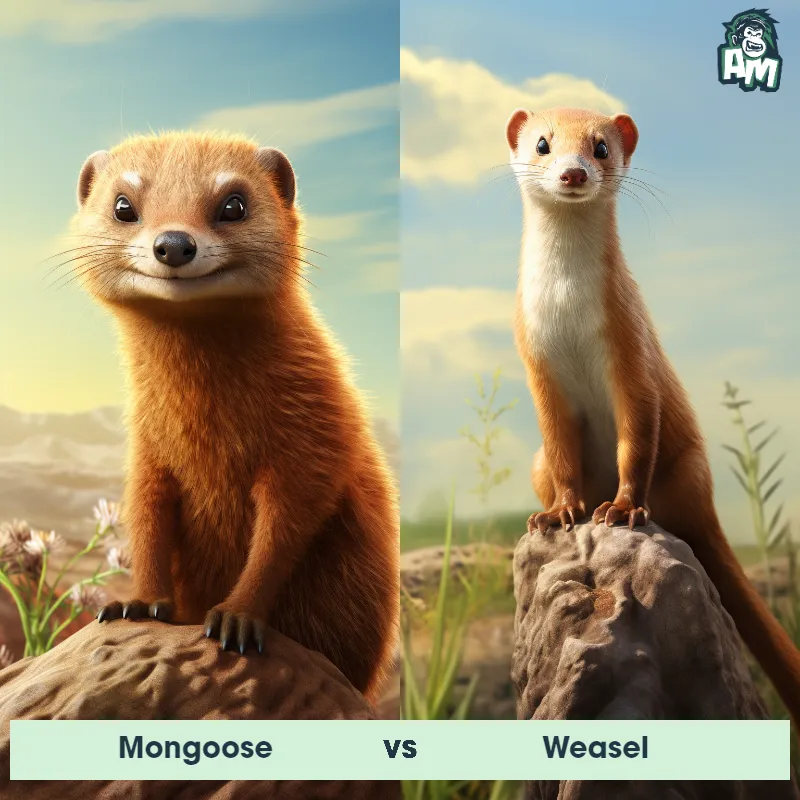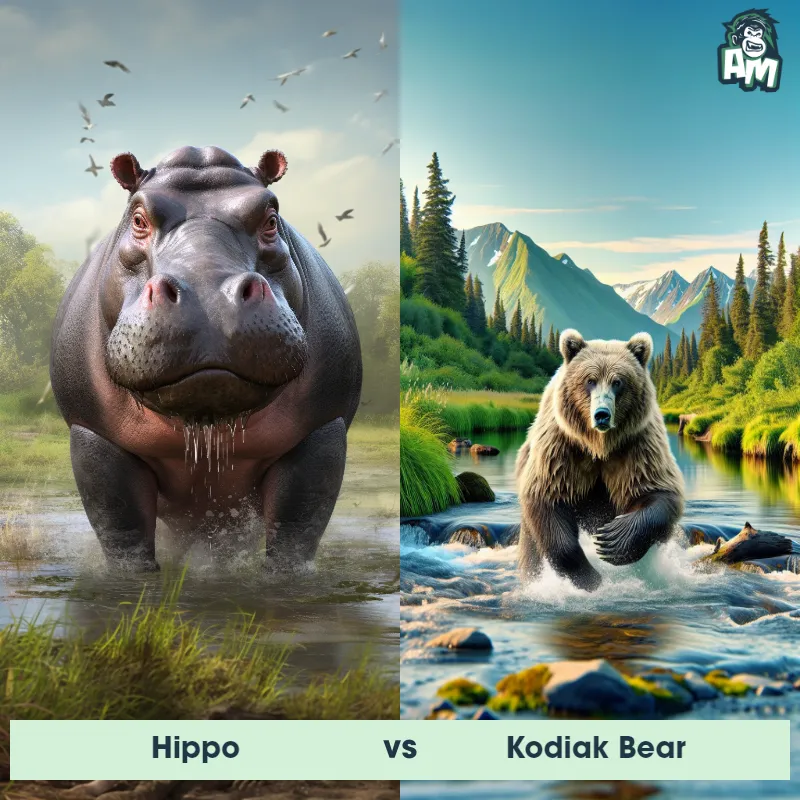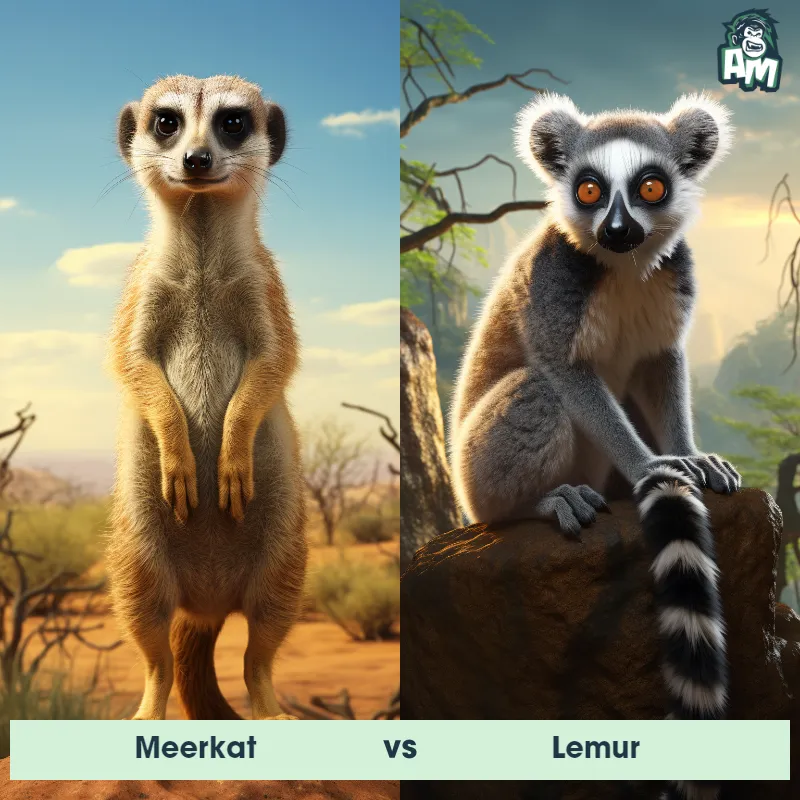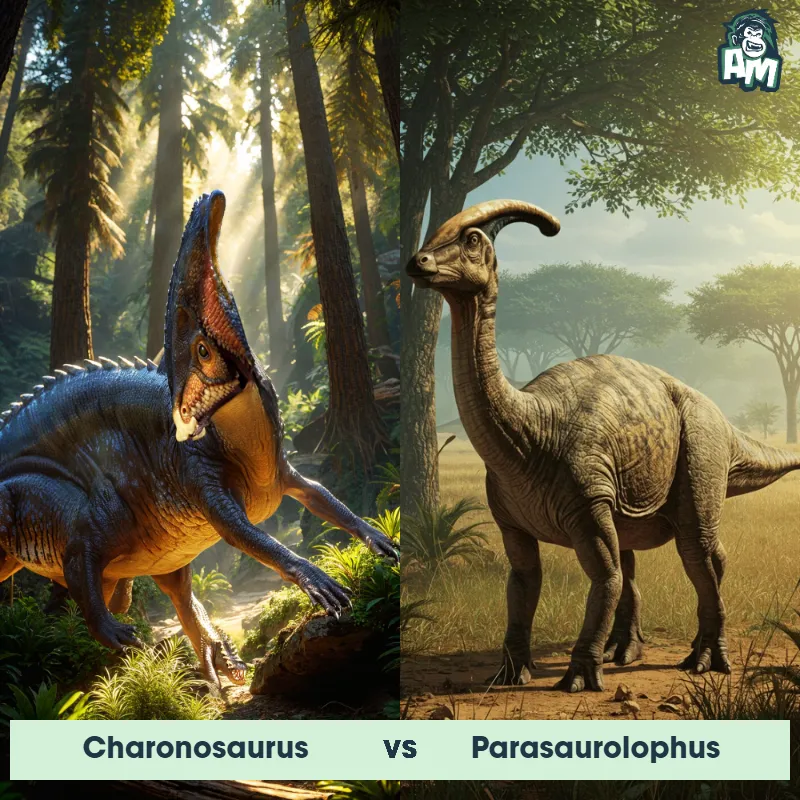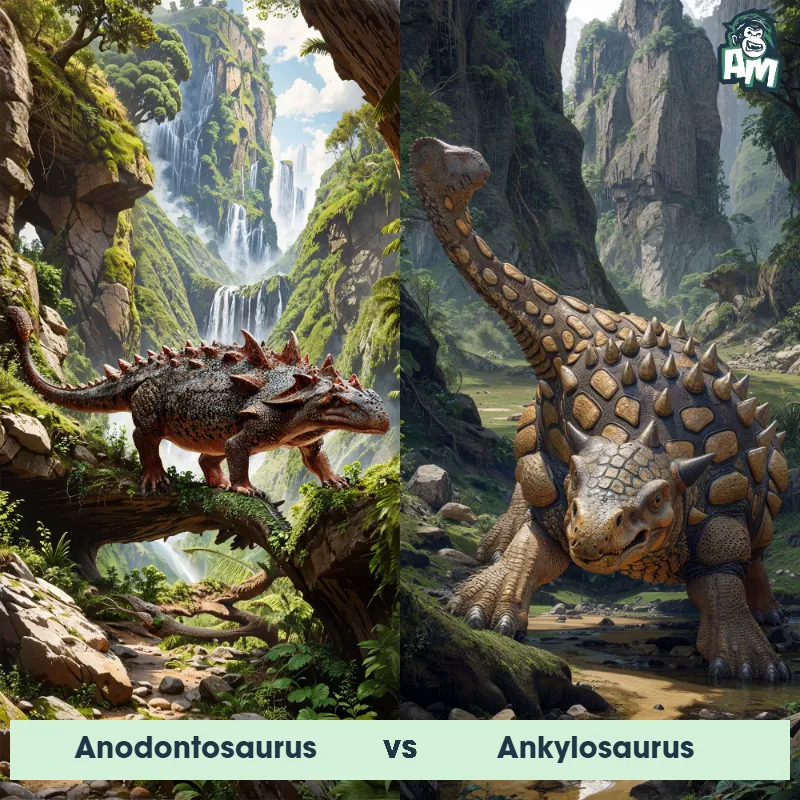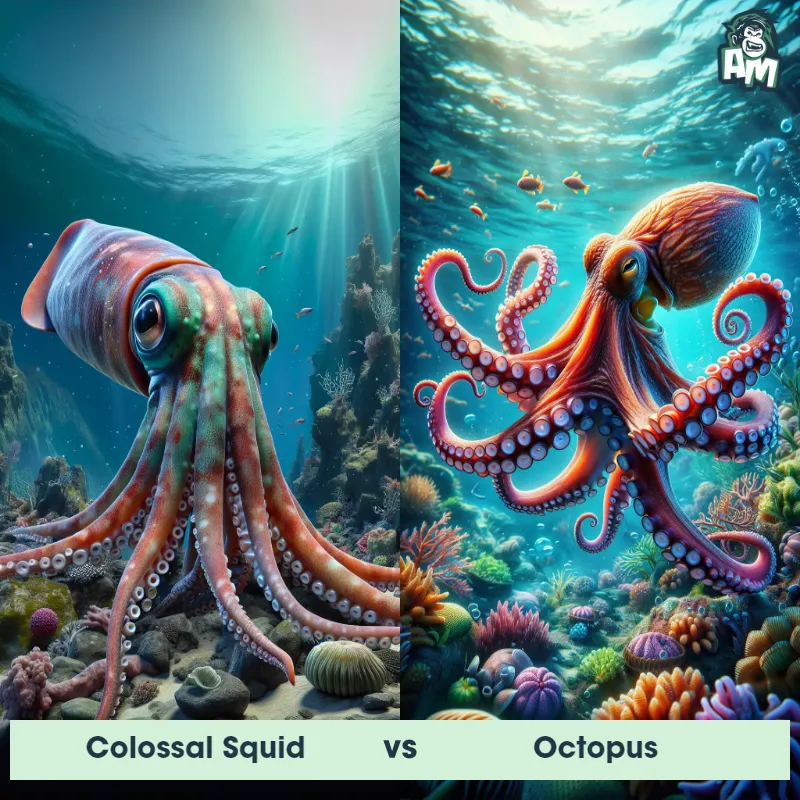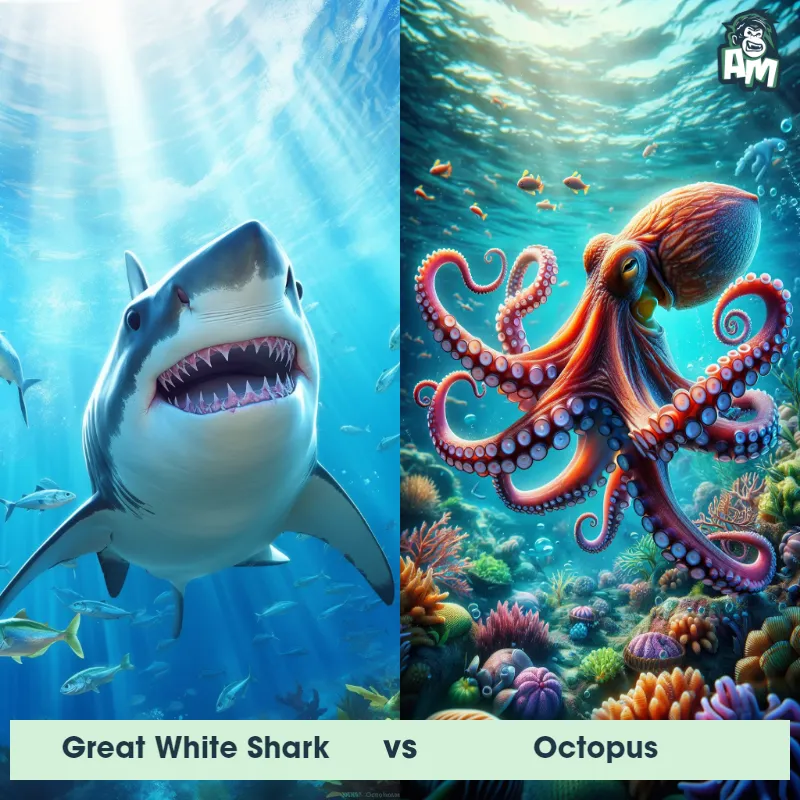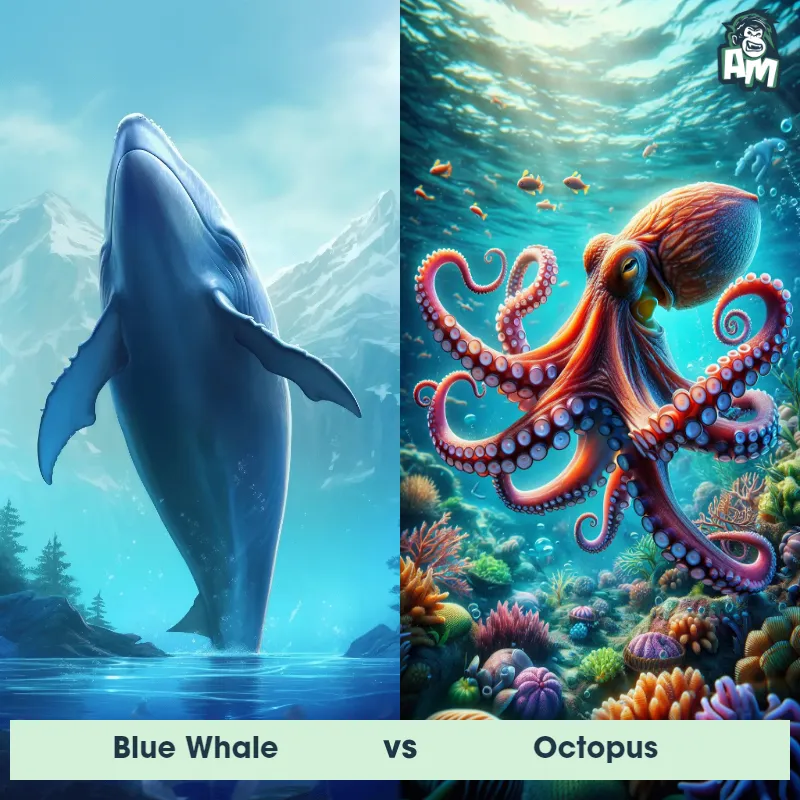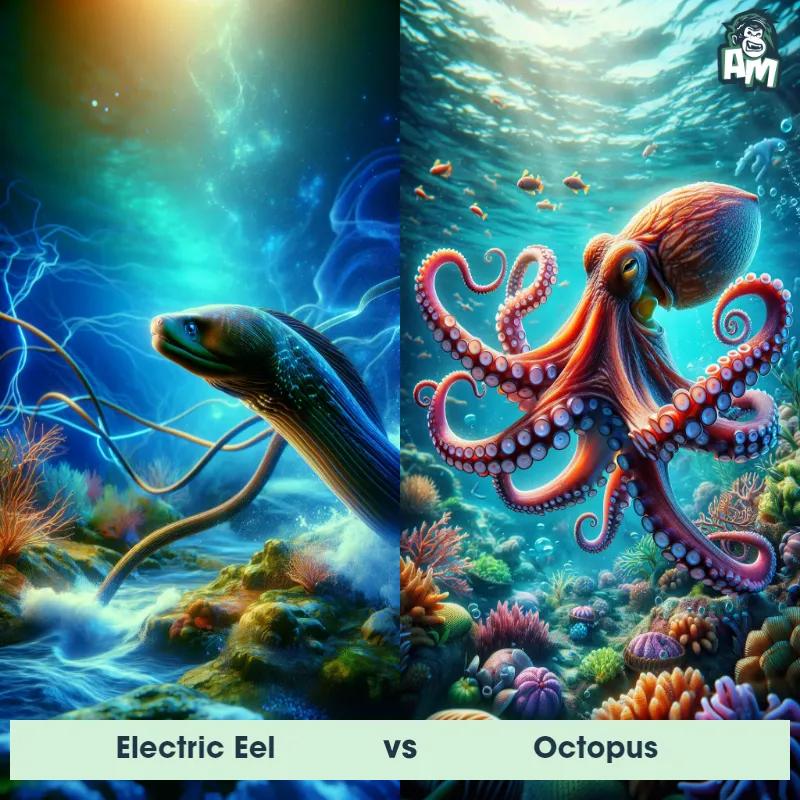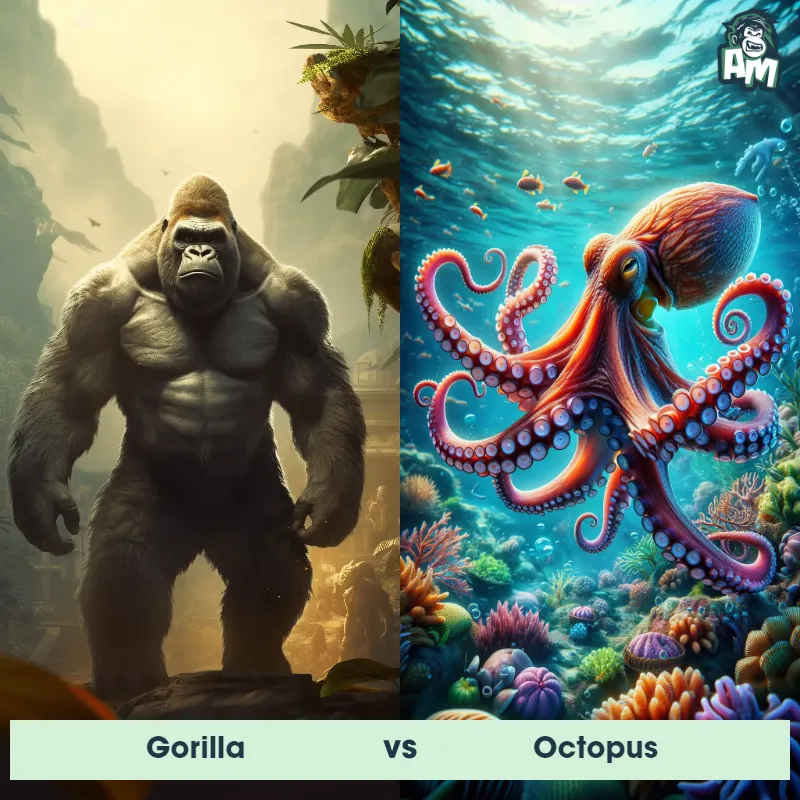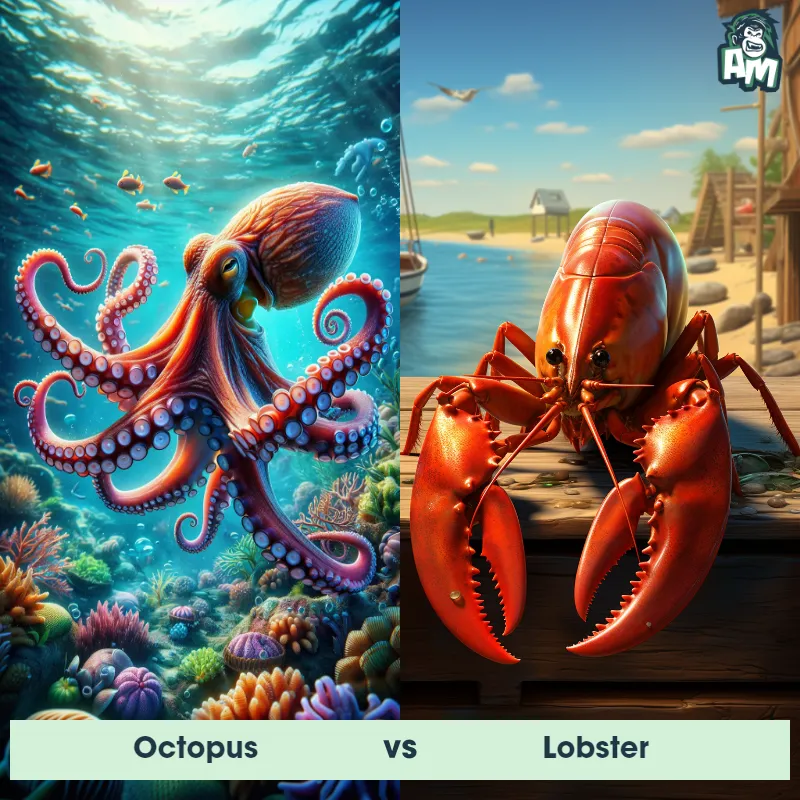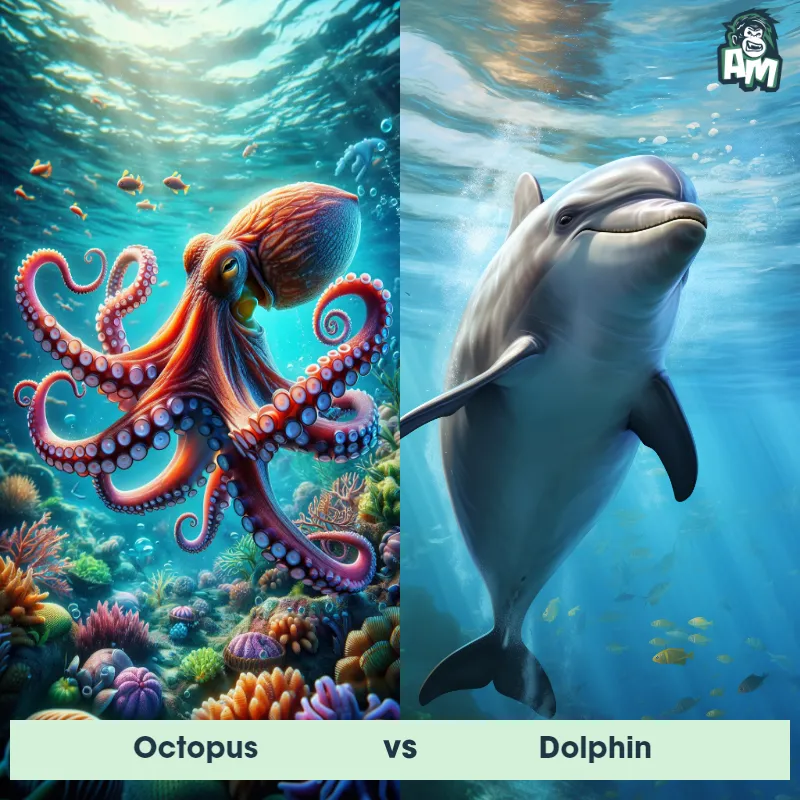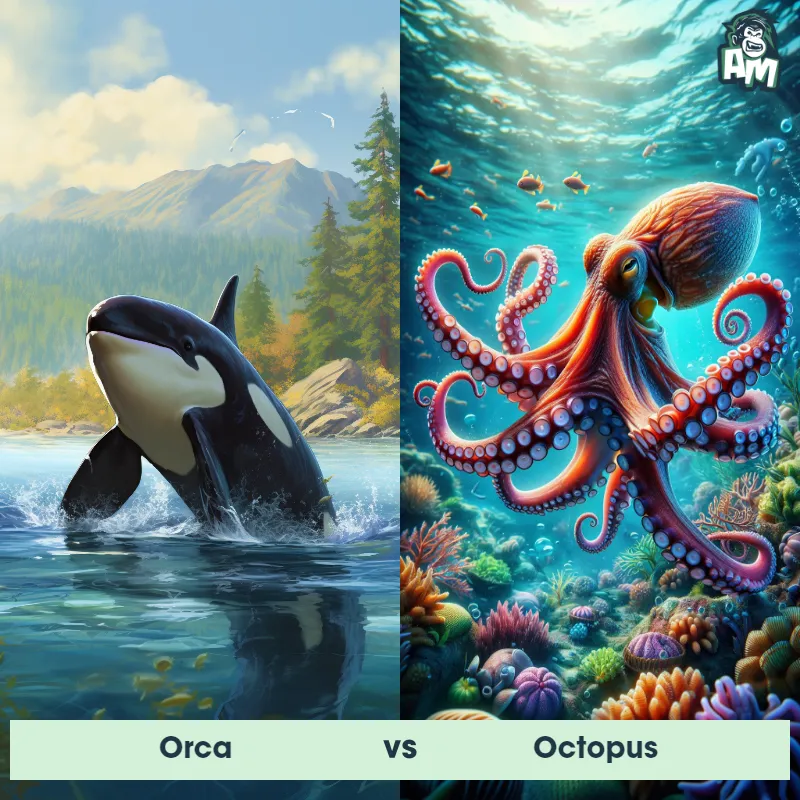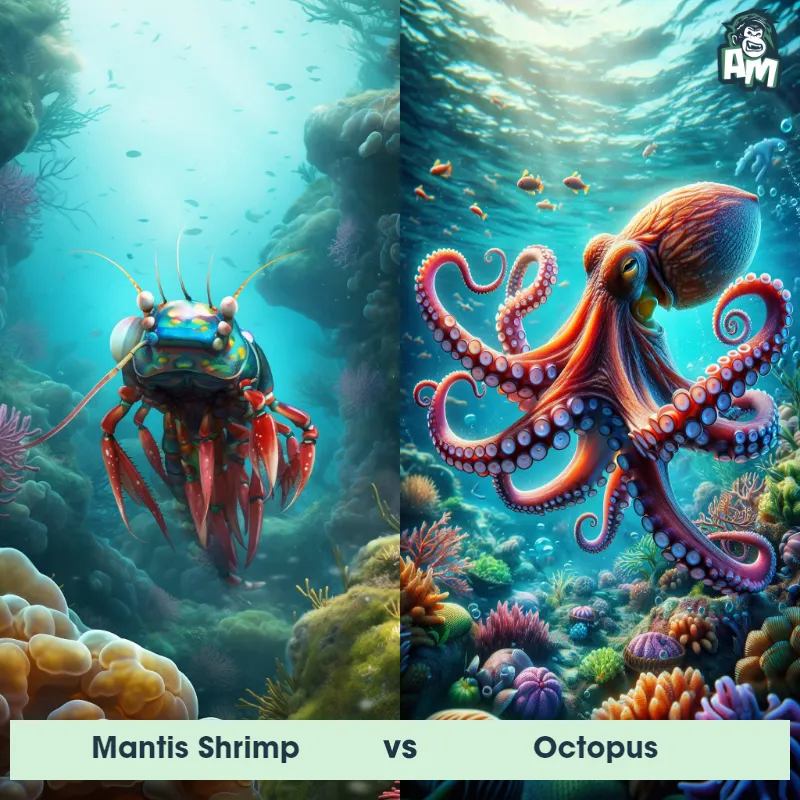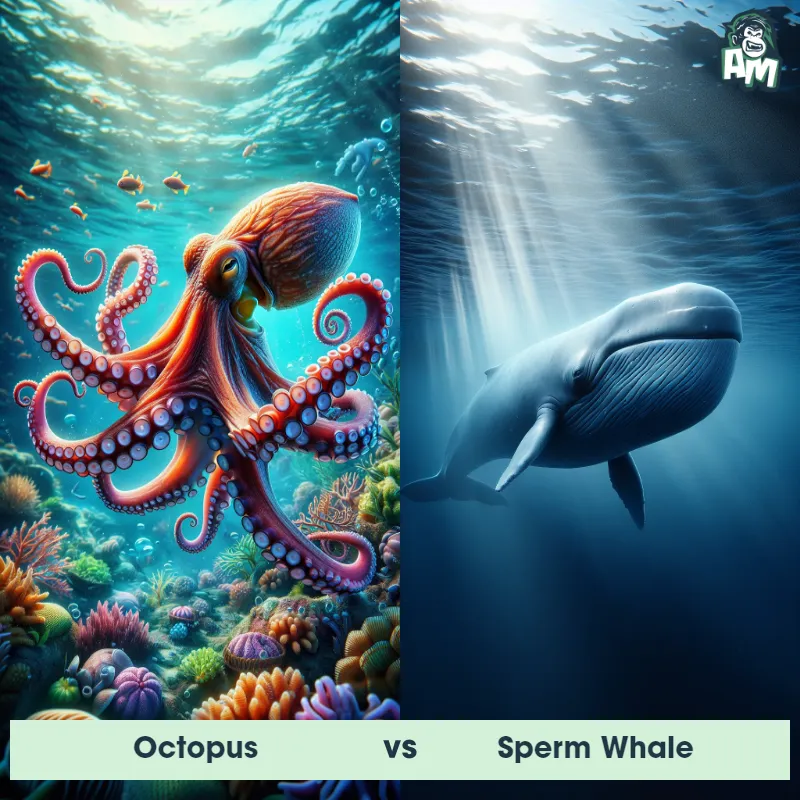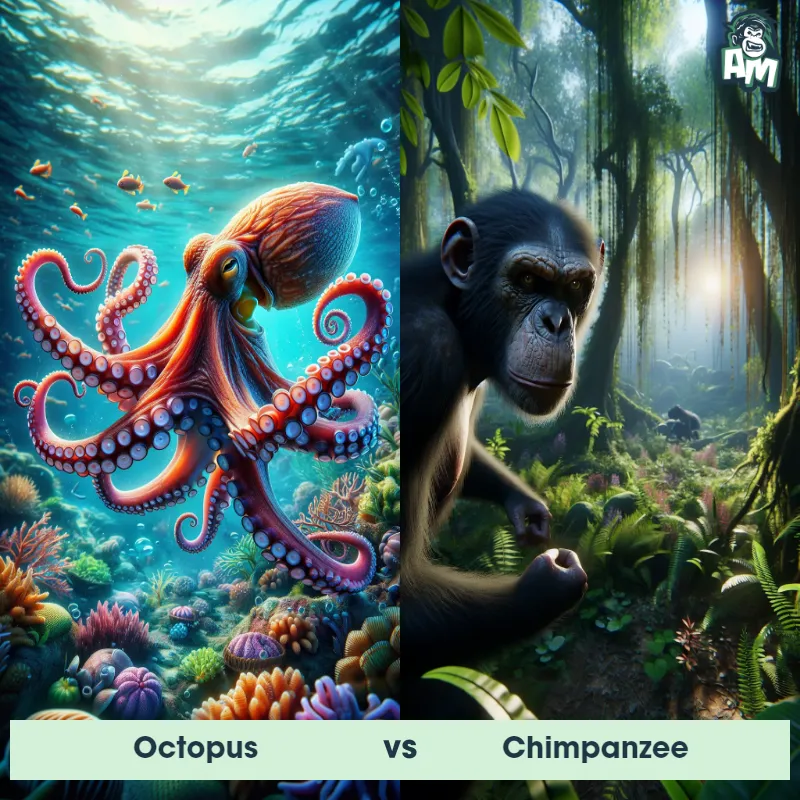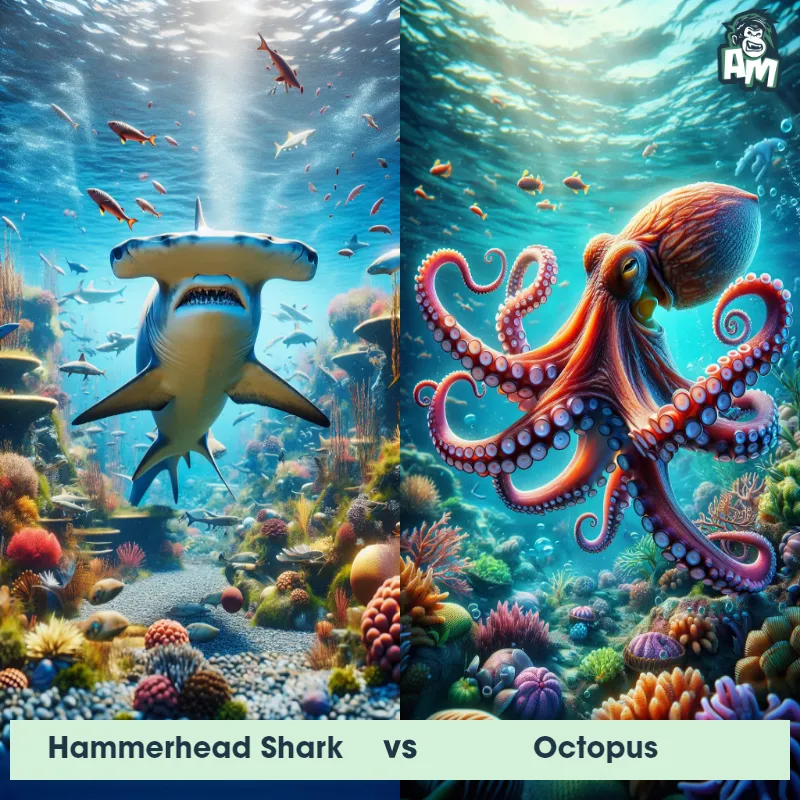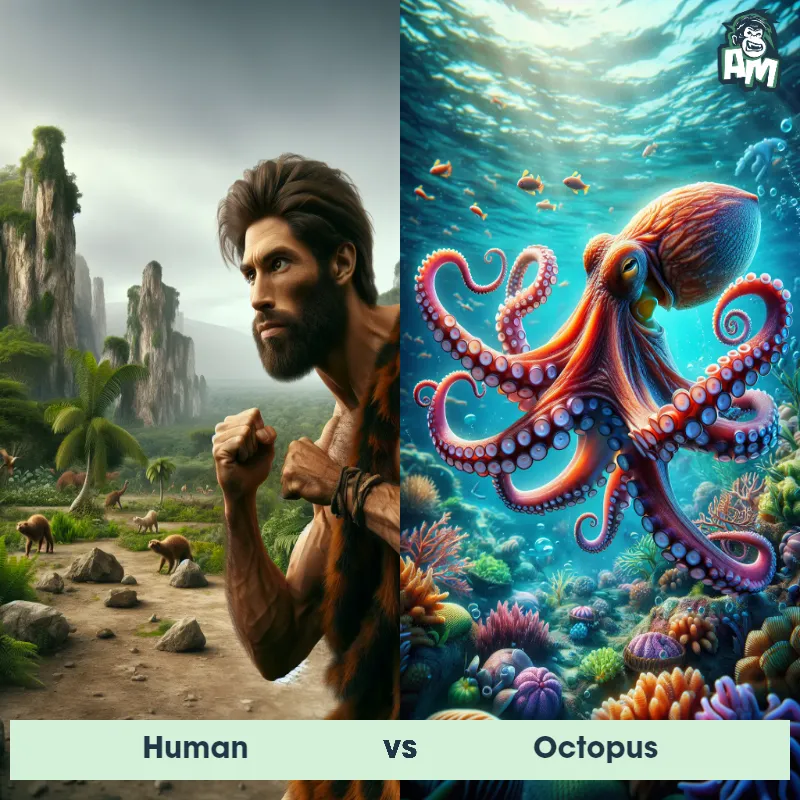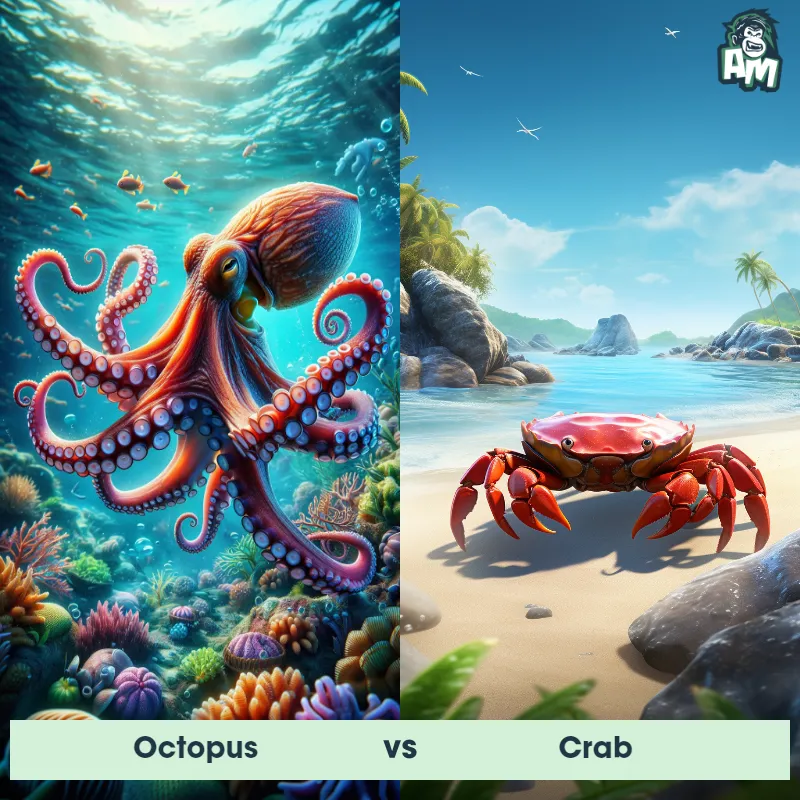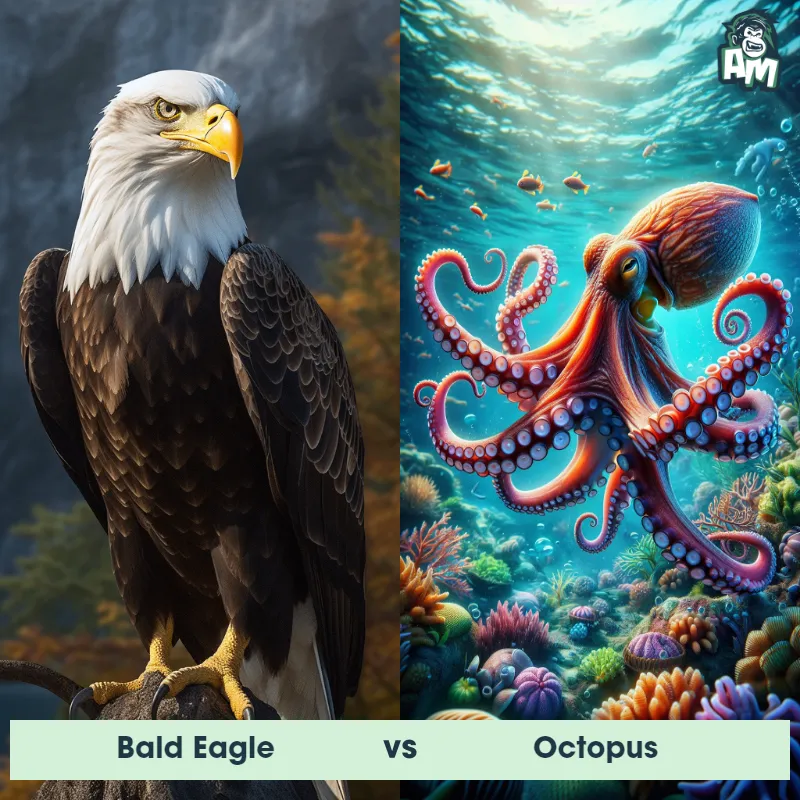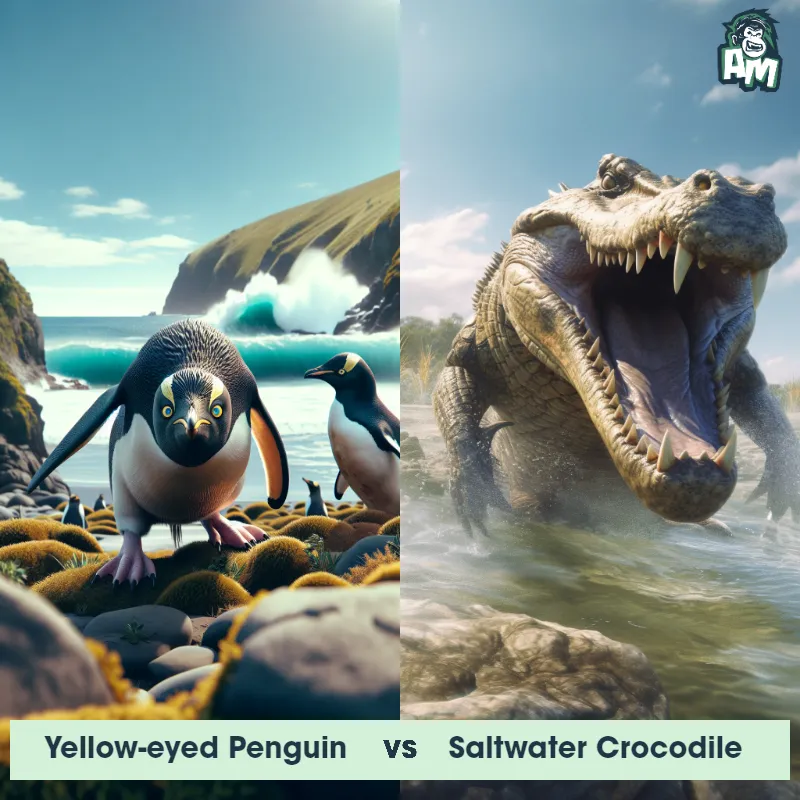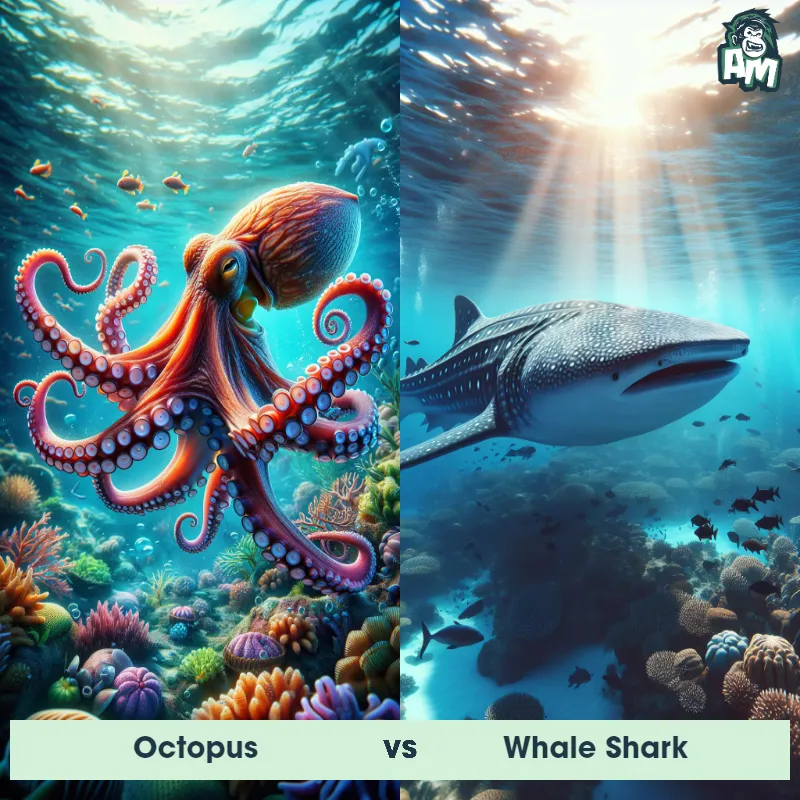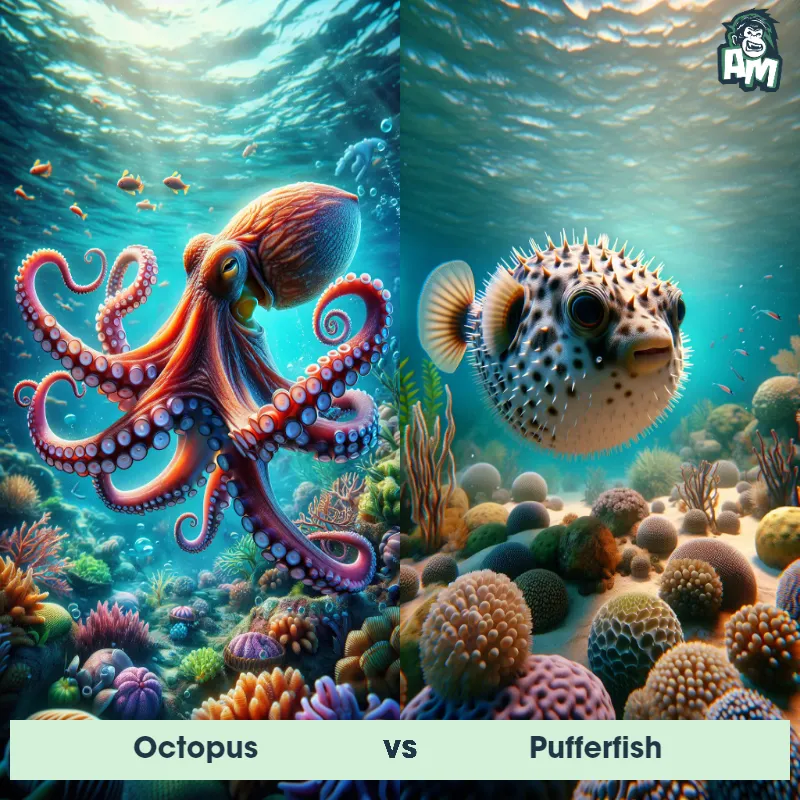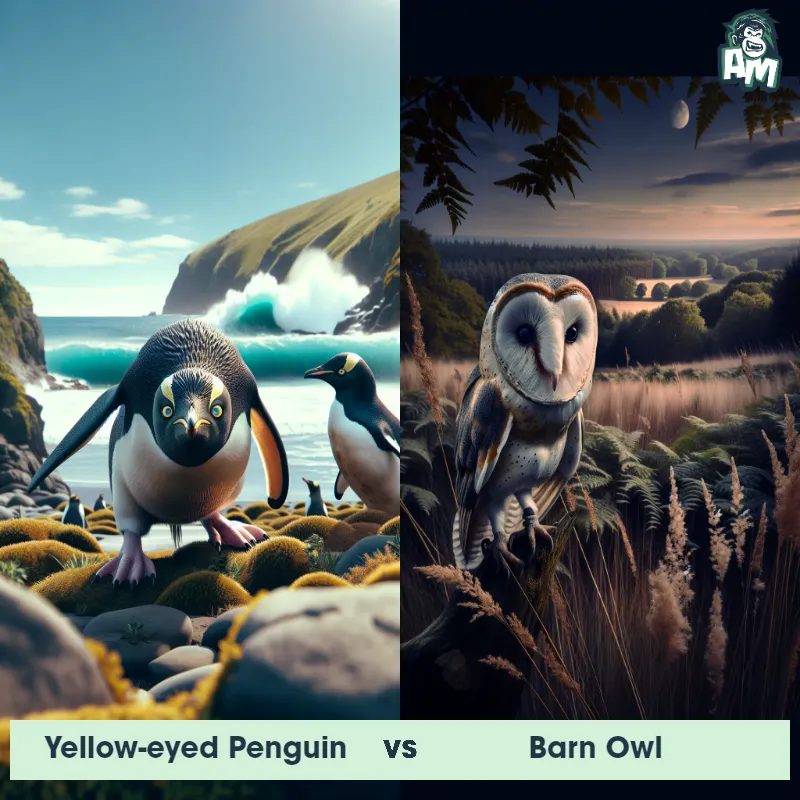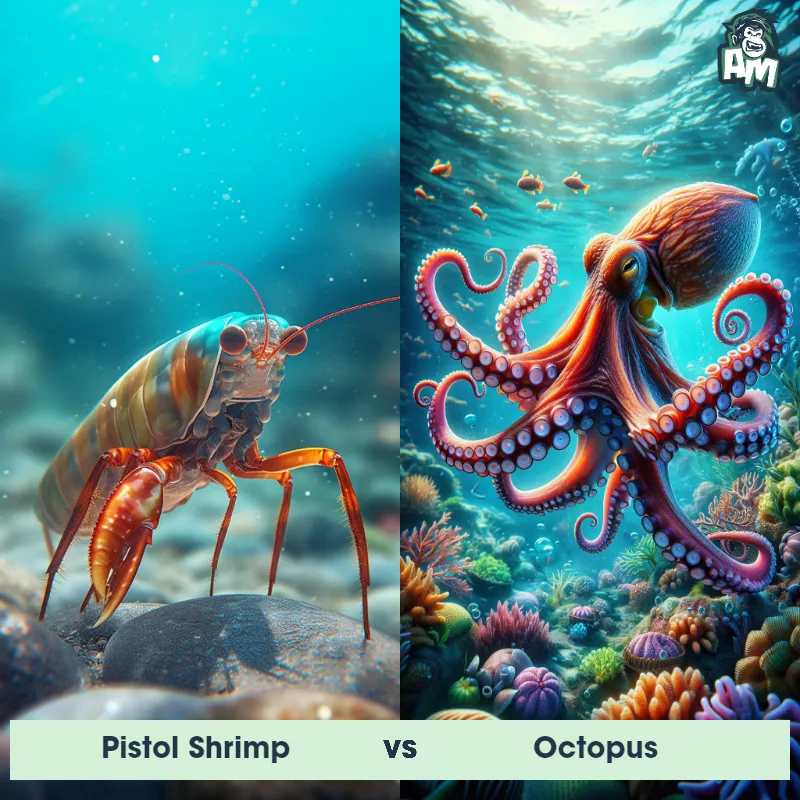Humboldt Penguin vs OctopusSee Who Wins

Welcome everyone to this unique matchup between a Humboldt Penguin and an Octopus. The Penguin is known for its agility on land and the Octopus for its intelligence and flexibility in the water. It's going to be an interesting battle between these two fascinating creatures.
Contender 1: Humboldt Penguin
The Humboldt Penguin, also known as the Peruvian Penguin, is a medium-sized penguin species that inhabits the coasts of South America, primarily in Chile and Peru. These penguins have a distinctive appearance with a black head, white belly, and a broad band of black along their chest. They have a sleek and streamlined body, which enables them to swim rapidly through the water. Humboldt Penguins have unique adaptations, including a set of stiff, spiky feathers on their wings that help them navigate through the water with precision.
Fun Fact: One fun fact about Humboldt Penguins is that they are excellent swimmers and can dive to depths of up to 150 feet in search of food, such as fish and squid.
Contender 2: Octopus
The octopus is a fascinating marine creature known for its rounded body, large eyes, and eight long arms lined with suckers. They belong to the class of mollusks known as cephalopods and are widely regarded as the most intelligent invertebrates. The octopus's skin color and texture can change dramatically, a trait used for both communication and camouflage. Octopuses are carnivorous, feeding mainly on crabs, shrimp, and other small sea creatures.
Fun Fact: Octopuses have three hearts; two pump blood to the gills, while the third pumps it to the rest of the body.
Matchup Stats
| Humboldt Penguin | Octopus | |
|---|---|---|
| Size | 26-28 inches (66-71 centimeters) in height | Varies by species, from 1 inch (2.5 cm) to 14 feet (4.3 m) in arm span |
| Weight | 8-13 pounds (3.6-5.9 kilograms) | Varies by species, from less than 1 ounce (28 grams) to 600 pounds (272 kilograms) for the largest species, the Giant Pacific Octopus |
| Speed | 20mph (32km/h) | 25mph (40km/h) |
| Key Strength | Agility in water | High intelligence, ability to change skin color and texture for camouflage, and use of ink for defense |
| Biggest Weakness | Lack of wingspan | Soft body with no skeletal structure, making them vulnerable to larger predators |
Current Votes
Humboldt Penguin vs Octopus
See Who Wins
View More Matches
Looking For More?
Similar Matches
Scientific Stats
| Humboldt Penguin | Octopus | |
|---|---|---|
| Scientific Name | Spheniscus humboldti | Octopoda |
| Family | Spheniscidae | Octopodidae |
| Habitat | Coastal areas, rocky shores, and islands | Marine environments, from shallow coastal waters to deep-sea trenches |
| Geography | Primarily found in Chile and Peru | Worldwide, in all oceans |
| Diet | Fish, squid, and small crustaceans | Carnivorous, feeding mainly on crabs, shrimp, and other small sea creatures |
| Lifespan | 15 years - 20 years | 1 year - 5 years |
Key Differences between Humboldt Penguin and Octopus
- Body shape: Humboldt penguins have a streamlined body adapted for swimming, with flipper-like wings for propulsion, while octopuses have a soft, elongated body with eight flexible arms covered in suction cups.
- Size: The Humboldt penguin is a medium-sized bird, reaching heights of up to 70 centimeters, while the octopus is a much smaller marine animal, typically measuring around 30 centimeters in length.
- Mode of locomotion: Humboldt penguins are skilled swimmers, using their wings to glide through the water, whereas octopuses primarily move by crawling along the ocean floor using their arms and suction cups.
- Coloration: Humboldt penguins have a distinct black and white coloration with a pink bill, whereas octopuses come in a variety of colors, often blending in with their surroundings for camouflage.
- Habitat: Humboldt penguins are native to the coastal regions of South America, specifically around Peru and Chile, while octopuses are found in oceans worldwide, inhabiting various depths and environments.
- Behavior: Humboldt penguins are social birds that form large colonies for breeding and hunting, while octopuses are solitary creatures that are highly intelligent and known for their problem-solving abilities.





